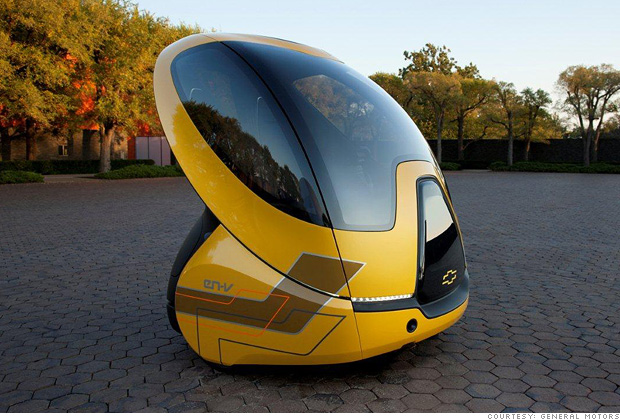The Future of Cars (written in 2014)
|
Considering the car is less than 150 years old, it is amazing how far we have come with automation and technology. For example, we have today:
Electronic Stability Control allows drivers to control vehicles in extreme conditions. Wireless Bluetooth provides hands free voice communication. Cars can brake automatically when a collision is eminent. Cars can parallel park themselves. Doors can be unlocked remotely. Stolen cars can be disabled and even call for emergency services. Google modified a Toyota Prius to show us what is available; right here right now, in 2013. |
|
|
As usual politics and money can stand in the way of development. As electric cars are on our roads the only reason why they are not developing at the same pace as petrol driven vehicles, and the automotive industry is not screaming from the rooftops how wonderful they are, is because the world’s finances and politics are entwined with oil.
Not until that issue is dealt with can a decade or so of lost focussed innovation return us to the progress that will see electric vehicles with fewer battery recharge stops, sensors in motorways and roads to help, not just with said recharging, but with speed and traffic control. |
This will inevitably lead on to second generation voice recognition, which will allow cars to be driven on motorways without assistance.
Unfortunately, as local councils cannot even deal with pot-holes, it is likely that money will always be the stumbling block for vehicle development, which will race way ahead of what we will actually see driving on our streets.
All of this builds up to the thorny issue of Flying Cars. And again, the issue is cost. Several Flying Car like vehicles have already been invented.
Article Link
As you will see, the hybrid car / come flying vehicle concept is currently prohibitively expensive. This may reduce, but at the same time a whole new issue will need to be tackled – air roads. Returning to the pot-hole issue once again, you cannot imagine councils or governments sanctioning the development and implementation costs of complicated aerial traffic controls when they can’t afford to deal with the cost of repairing roads.
However, as much of the world has still got dirt roads, it may be possible that new aerial routes could work in certain places, but any such system is highly unlikely to replace existing operations in already developed mega-cities.
So, yes, Flying Cars will be invented. Indeed, Flying Cars have been invented. They are even likely to be affordable at some stage. However, aerial roads are another thing altogether.
Unfortunately, as local councils cannot even deal with pot-holes, it is likely that money will always be the stumbling block for vehicle development, which will race way ahead of what we will actually see driving on our streets.
All of this builds up to the thorny issue of Flying Cars. And again, the issue is cost. Several Flying Car like vehicles have already been invented.
Article Link
As you will see, the hybrid car / come flying vehicle concept is currently prohibitively expensive. This may reduce, but at the same time a whole new issue will need to be tackled – air roads. Returning to the pot-hole issue once again, you cannot imagine councils or governments sanctioning the development and implementation costs of complicated aerial traffic controls when they can’t afford to deal with the cost of repairing roads.
However, as much of the world has still got dirt roads, it may be possible that new aerial routes could work in certain places, but any such system is highly unlikely to replace existing operations in already developed mega-cities.
So, yes, Flying Cars will be invented. Indeed, Flying Cars have been invented. They are even likely to be affordable at some stage. However, aerial roads are another thing altogether.




